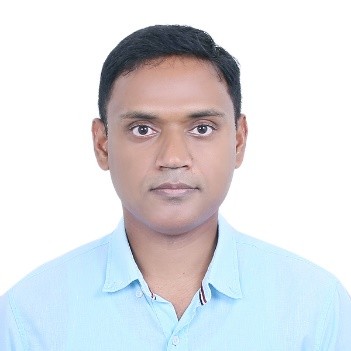
Probir Das is a Research Associate Professor at the Center for Sustainable Development of Qatar University (QU). He received his Ph.D. degree in Environmental Engineering from the National University of Singapore (NUS). Dr. Das has over 18 years of experience in cost and energy-effective microalgal biomass production for various applications. Currently, he is involved in several microalgae-based projects related to the bioremediation of CO2, aquaculture wastewater treatment, biofertilizer, sustainable aquaculture, biofuel production, etc. He has over 60 international peer-reviewed publications related to high-value microalgal biomass production, bioremediation of wastewater, biofuel production, and LCA analysis. He is also a reviewer of multiple international journals.
Abstract:
Over the last decades, aquaculture has emerged as one of the major suppliers of animal protein. The massive expansion of aquaculture worldwide met the shortfall of fish production from the wild catch. However, there are several downsides to the aquaculture industry. Among these challenges, two significant issues are sustainable feed production and efficient aquaculture wastewater treatment. Fish feed often contains fish meals as a source of protein; fish meal could constitute as high as 40% of the total ingredients. Fish meal is produced from forage fish, and the production of these forage fish reached a maximum value several years back. Therefore, renewable and alternative protein sources must be developed to replace fish meal fully or partially. Marine/brackish microalgae could play a significant role in this regard, as these organisms do not require fertile land and fresh water. Similarly, leftover waste materials from the kitchen (e.g., bread, fish, meat, fruits, and vegetables, etc.) could also be processed accordingly and included in the fish feed. Furthermore, a fraction of the added feed to the fish tank is lost and ends up in the aquaculture water; microalgae could recover the nutrients from this wastewater while recycling the wastewater to the fish-rearing pond, promoting toward zero discharge from the aquaculture sector. The current study revealed that up to 40 % of the feed ingredients could be replaced by aquaculture wastewater-grown microalgae biomass and other waste materials.